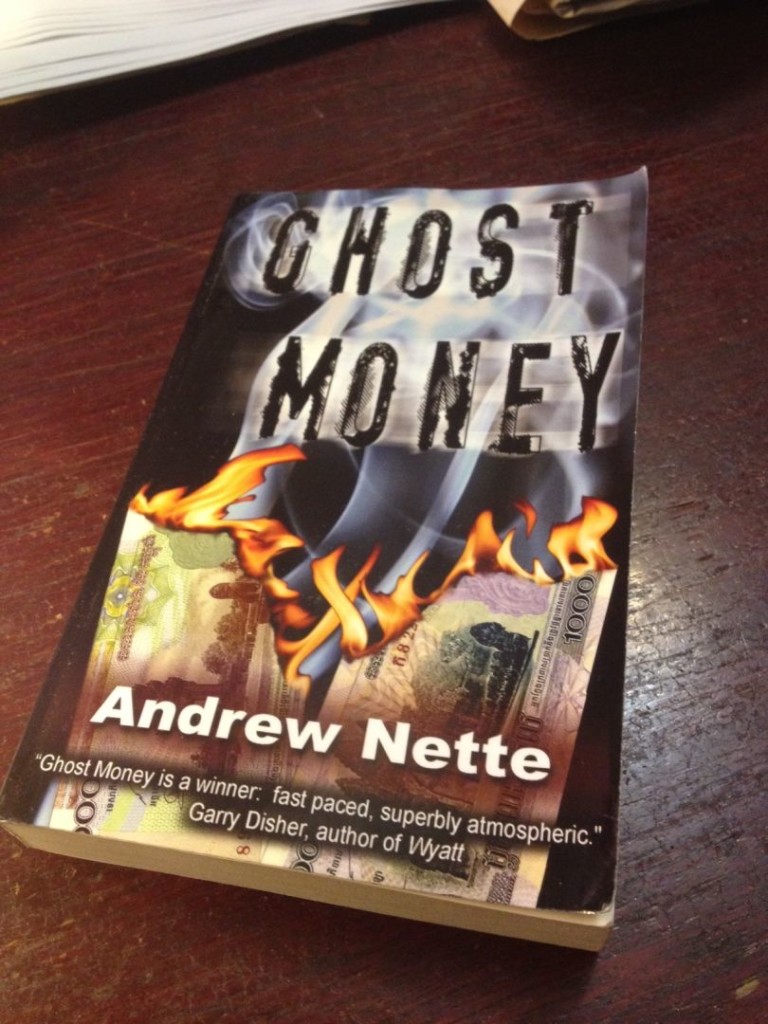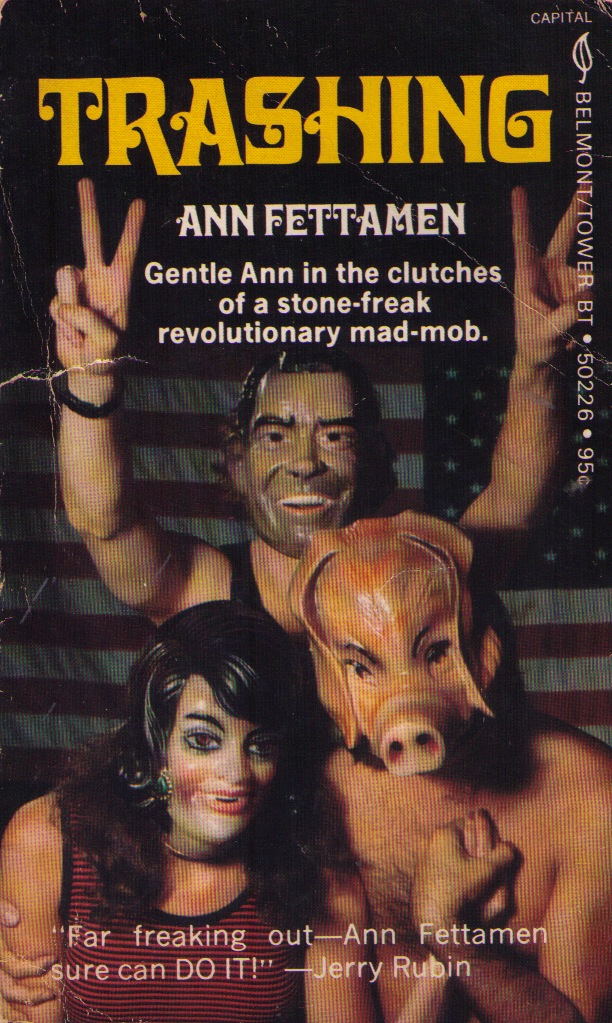 Today’s Pulp Friday is a great example of exploitative pulp dressed up as quasi-serious sociological inquiry, Kings Cross Black Magic by the wonderfully named, Attila Zohar.
Today’s Pulp Friday is a great example of exploitative pulp dressed up as quasi-serious sociological inquiry, Kings Cross Black Magic by the wonderfully named, Attila Zohar.
It’s also one of the more unusual pieces of pulp fiction produced in the sixties and seventies in response to the real and imagined goings on in Sydney’s notorious vice strip, Kings Cross.
I just love the cover of this book. The minimal furnishings, the title font, the female model, who I presume is supposed to look ‘Satanic’ but comes across more as a sort of sullen drag queen. It speaks of things that just shouldn’t be talked about in polite company, which, in turn, only makes me more curious.
Kings Cross Black Magic was released by Horwitz publications in 1965. According to the University of Ortago’s wonderful pulp fiction website, Attila Zohar was a pseudonym for James Holledge. Holledge was a former clerk who became part of the stable of in-house writers brought together by Horwitz in the early sixties. He wrote approximately 45 books between 1961 and 1970, most of them salacious journalistic tracks parading as sociological expose.
His titles included Australia’s Wicked Women (1963), Crimes Which Shocked Australia (1963) and Women Who Sell Sex (1964) and What Makes a Call Girl (1964).… Read more























